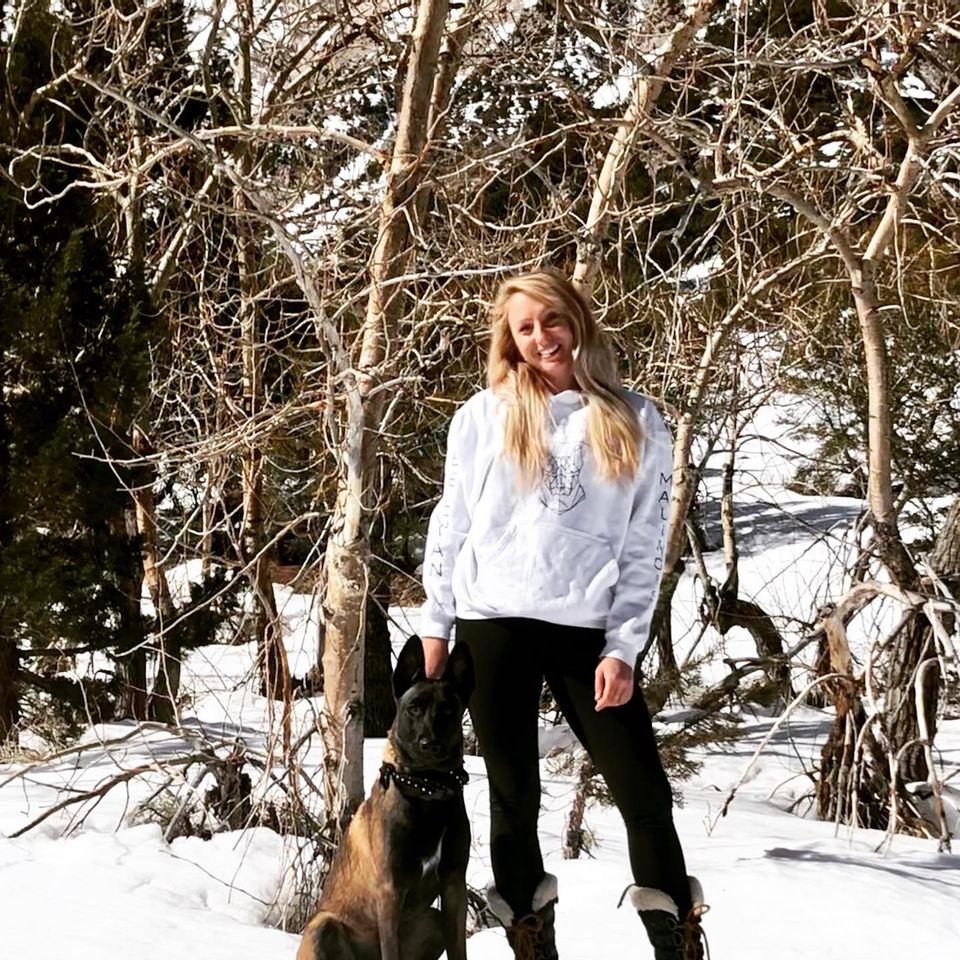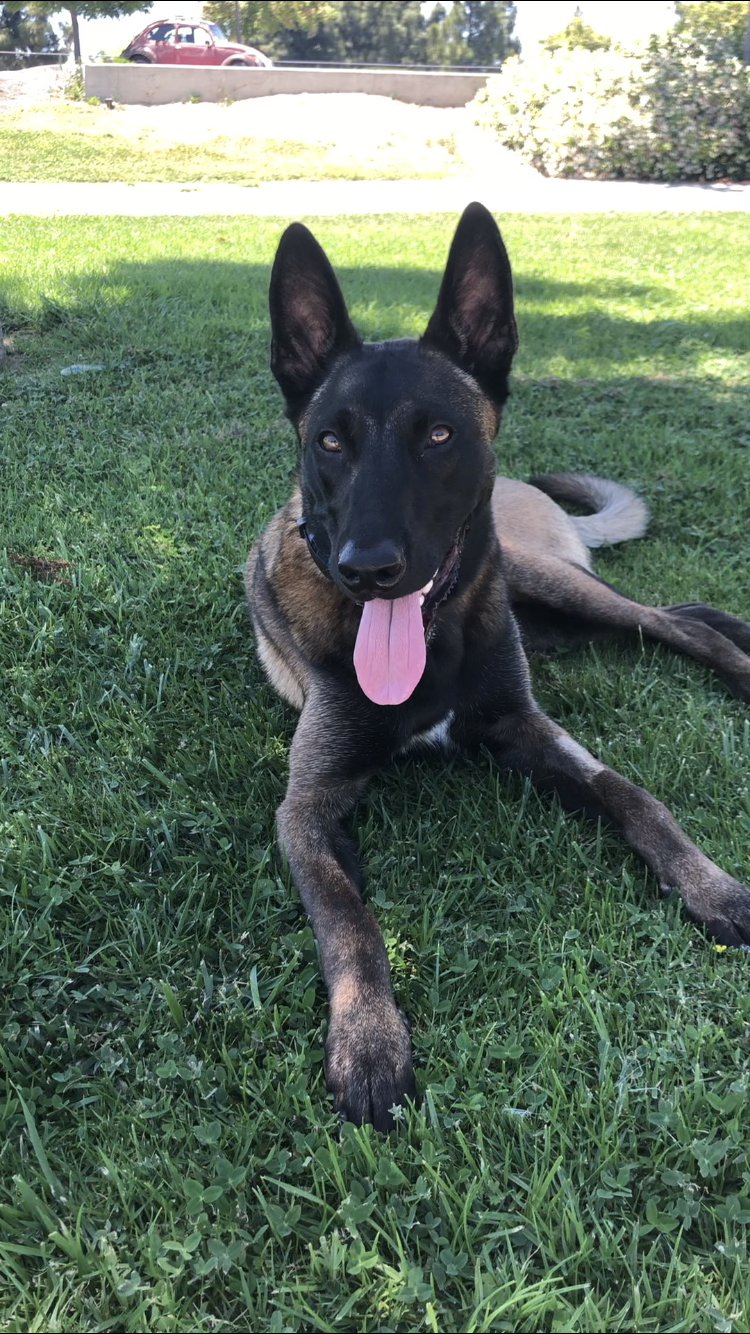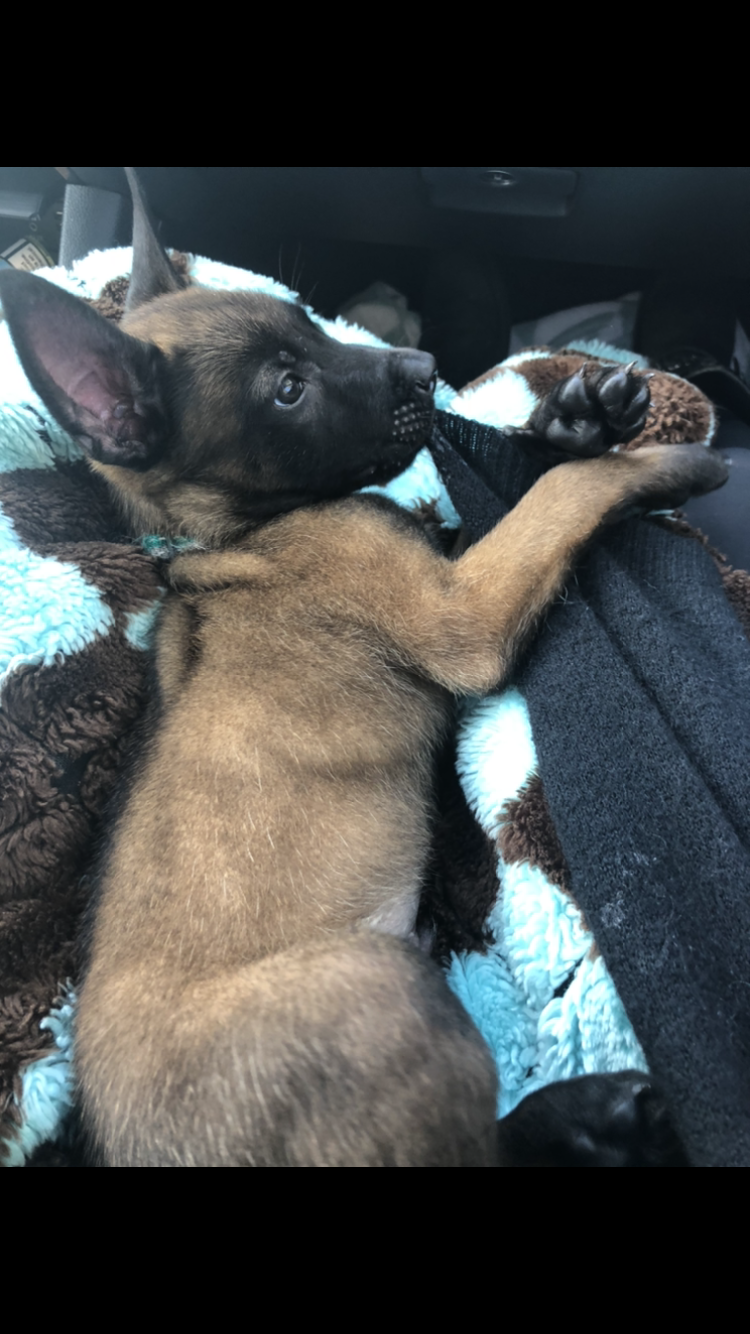A Girl and Her Malinois
Well, here we are! The start of our adventure.

From the day I brought Caos home, he has been everything I ever imagined and more. However, just as I had expected, the "stigma" of a young woman owning a Belgian Malinois seemed to constantly present itself as people would stop me and say,
"You know that's a Belgian Malinois, right?"
"Do you know what you're getting yourself into?"
"That's not a 'normal' dog, that a 'normal' person should own."
"What are you going to do with that dog? You know you can't leave him home all day."
"Good luck!"
And unfortunately in the beginning, I got these remarks a lot. At first, these type of comments would get to me. Of course I know this is a Belgian Malinois, I chose him.
Yes, I'm very aware of, "what I got myself into."
No, he's not a 'normal' dog, but you know absolutely nothing about me and my abilities.
It's none of your business what I'm, "going to do with my dog," and you don't know what my life entails or what amount of time my dog will be left alone, if at all.
And thank you, but I don't need luck.
As we continued to train, those comments no longer bothered me because I knew exactly how much time and effort I was spending on Caos and what an amazing puppy he was becoming. Funny enough, at around 4-5 months those comments ceased, as I began to receive:
"Wow, what a well behaved Malinois."
"He's so well trained."
"I can't believe how behaved your Malinois is for being so young."
It definitely hasn't been easy, but our journey so far has been worth every stupid, ridiculous comment that we received in the beginning. It brought me back to the sense of accomplishment I used to feel as a 14-year-old girl with my Doberman at those obedience workshops. I knew, I was doing something right.
So follow along as I post about the first 16 weeks, updates on our first year together, our training routine, adventures in our day to day lives, and much more!
This is me, running with Caos.



